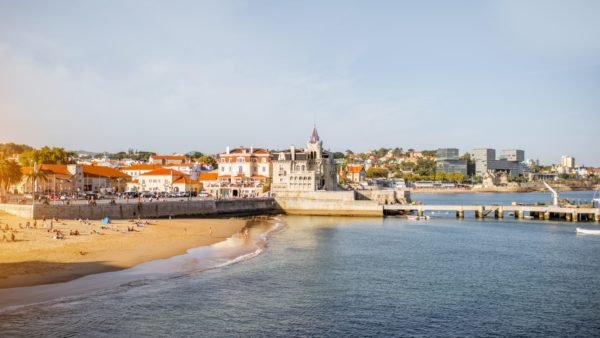Planning a family trip to Rome involves considerations for both getting to the city and moving around once you’re there. We will explore the various transportation options available to reach Rome and provide insights into the best ways to navigate the city during your stay.
Getting to Rome
- By Air: Rome is served by two main airports: Leonardo da Vinci-Fiumicino Airport (FCO) and Ciampino Airport (CIA). Fiumicino Airport is the primary international gateway and is well-connected to major cities worldwide. Ciampino Airport primarily handles budget airlines and charter flights. From both airports, you can reach the city center by train, bus, or taxi.
- By Train: Italy has an extensive rail network, making train travel an efficient and scenic option for reaching Rome. The city is well-connected to other major Italian cities and neighboring countries. The main train station in Rome is Roma Termini, which has excellent connections throughout the country.
- By Car: If you prefer the flexibility of a road trip, you can reach Rome by car. Italy’s highway network connects Rome to other major cities and regions. However, keep in mind that driving in the city center can be challenging due to traffic congestion and limited parking options.
- Public Transportation: Rome has an extensive public transportation system, including buses, trams, and metro lines. The metro is particularly useful for traveling quickly between major attractions. The bus and tram network provides coverage to areas not served by the metro. Tickets can be purchased at metro stations, newsstands, or tobacco shops and are valid for both buses and the metro.
- Walking: Rome’s compact historic center lends itself well to exploring on foot. Many of the city’s major attractions, such as the Colosseum, Roman Forum, and Trevi Fountain, are within walking distance of each other. Walking allows you to soak in the city’s atmosphere, discover hidden gems, and enjoy the charming streets of Rome.
- Bicycles and Electric Scooters: Rome has embraced the trend of bike sharing and electric scooters, providing alternative and eco-friendly ways to explore the city. Bike-sharing services like Jump, Lime, and Helbiz offer convenient options for short trips. Electric scooters can also be rented through various apps, allowing you to easily cover longer distances.
- Taxis and Rideshares: Taxis are widely available in Rome and can be found at designated taxi stands or hailed on the street. Make sure to use licensed taxis and ensure the meter is running. Rideshare services like Uber and Lyft also operate in Rome, providing additional convenience and ease of transportation.
Tips for Getting Around
- Plan your itinerary in advance and group attractions that are in close proximity to each other to minimize travel time.
- Use mobile apps like Google Maps or Rome’s official public transportation app ATAC to navigate the city and check public transportation schedules.
- Consider purchasing a Roma Pass, which provides free or discounted entry to attractions and unlimited public transportation for a set duration.
- Be prepared for crowded public transportation during peak hours and validate your tickets upon boarding buses and trams.
Rome offers various transportation options to reach the city and explore its many attractions. Whether you prefer the convenience of public transportation, the flexibility of walking, or the freedom of driving, Rome’s transportation network caters to different preferences. Plan your journey wisely, be open to new experiences, and get ready to immerse yourself in the timeless charm of the Eternal City.




